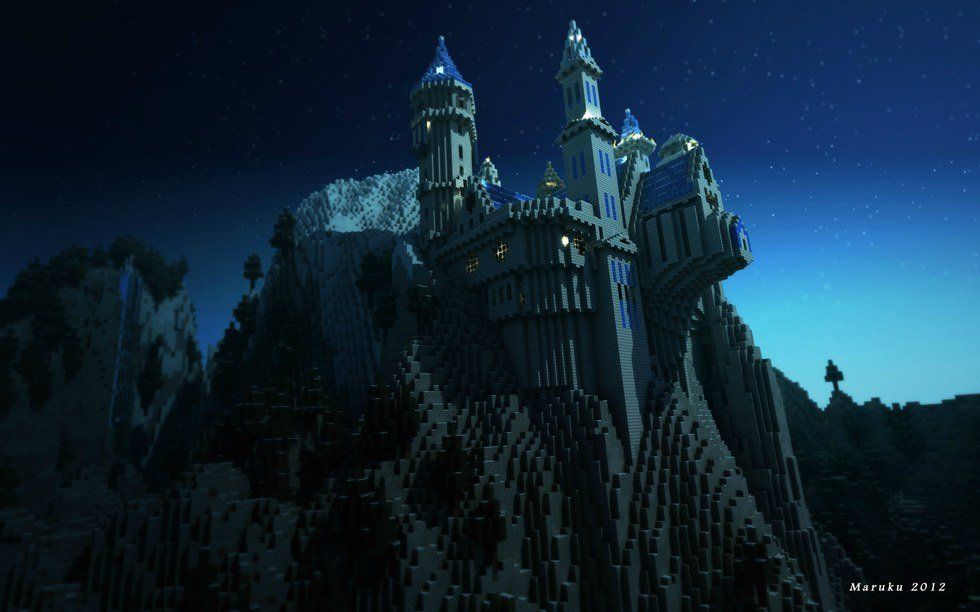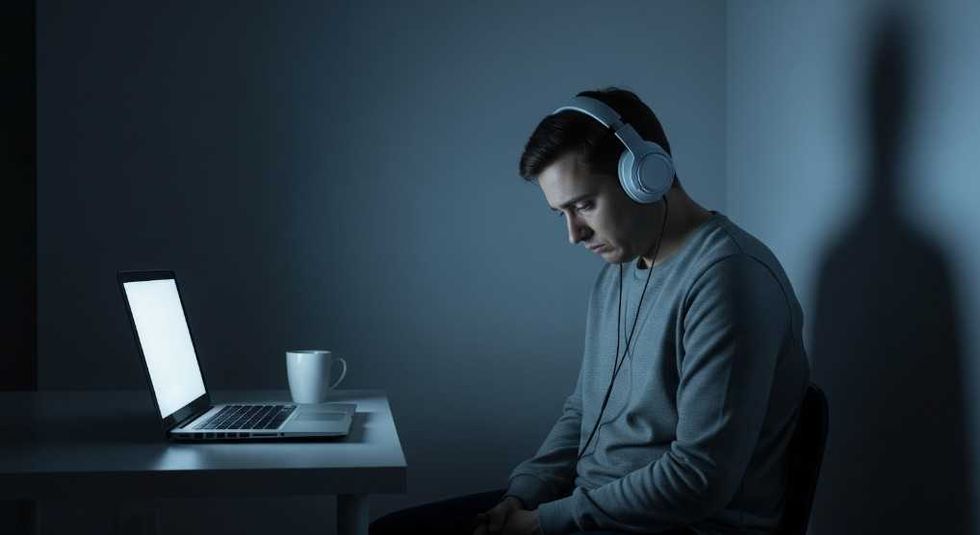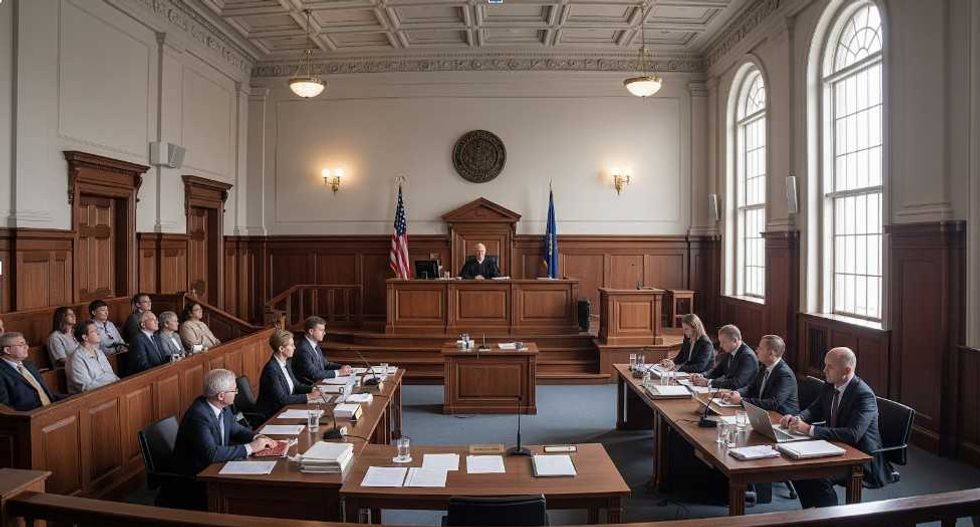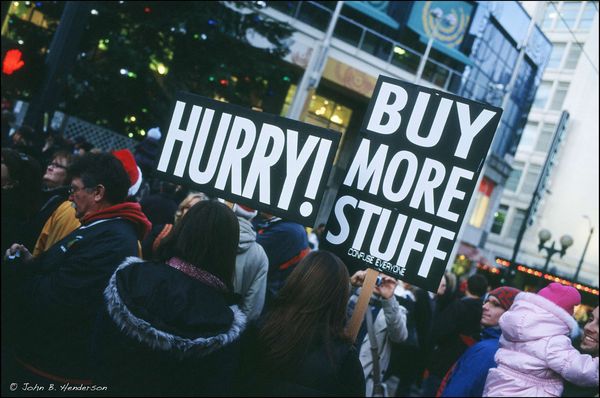Open source is a software that can be freely used, modified, and shared. It is becoming a flywheel for new projects. It allows tech companies to share their project designs, individuals to create works of art, and makers to start from scratch. As our technological world cascades towards an open source “creative cloud,” people are becoming more inclined to share work.
What is Open Source? Think of it as “open to the public.”
The ethos of open source establish trust, where cumulative knowledge becomes essential to create. Open source projects, such as Makerbot’s Replicator1, invite third parties to improve the 3D printer. A 3D printer is a device that translates digital designs into physical objects. The Replicator 1 makes small objects such as forks, chess pieces, and trinkets. As an open source machine, new developers can improve the speed and stability of the first Makerbot Replicator.
Tech Companies such as Microsoft are open sourcing their software. They recently bought an open source game called Minecraft. Microsoft is betting on Minecraft’s popularity, a game that allows players to create lush digital worlds, using Lego-like virtual blocks. The game is not just wildly popular, but can be used to learn its open source code. Minecraft is written in Java, and computer camps use the game as a framework for teaching kids to code.
This past summer, I taught for the first time at a computer camp called iD Tech. Without taking time to compile my own lesson plan, I found the perfect compliment to my class’s language. It turns out that that open source lesson plan steered me through a summer of Swift. Swift is the latest programming language, which was introduced by Apple in 2014. Apple has open sourced its Swift language this year. Making apps with kids, I felt much more confident to be there, thanks to open source software.
As a student developer, open source unlocks a series of complex doors. It allows me to share the projects that matter most, while learning from other experts' work. It innervates new ideas, such as the virtual world of builders known as Minecraft. To anyone itching to use their hands, open source is key to unlock imagination.
The world needs to embrace open source software. By moving away from individual cubbyholes, we get closer to a cumulative effort. To be clear, open source is not necessarily free. The software shared may entail certain rights to distribution. It is an instrumental toolbox to release for public usage.
As more services depend on software, open source will become an industry standard. Once this day arrives, it may herald the next wave of technologies. Where might we see this trend overlap? Instead of just open source software, hardware might become open source as well.
The basis of open sourcing is to compliment a project with new ideas. In reference to all new ideas, we can discover the unimaginable. It takes time to make these ideas from scratch, but there is no better time to start than now.





















